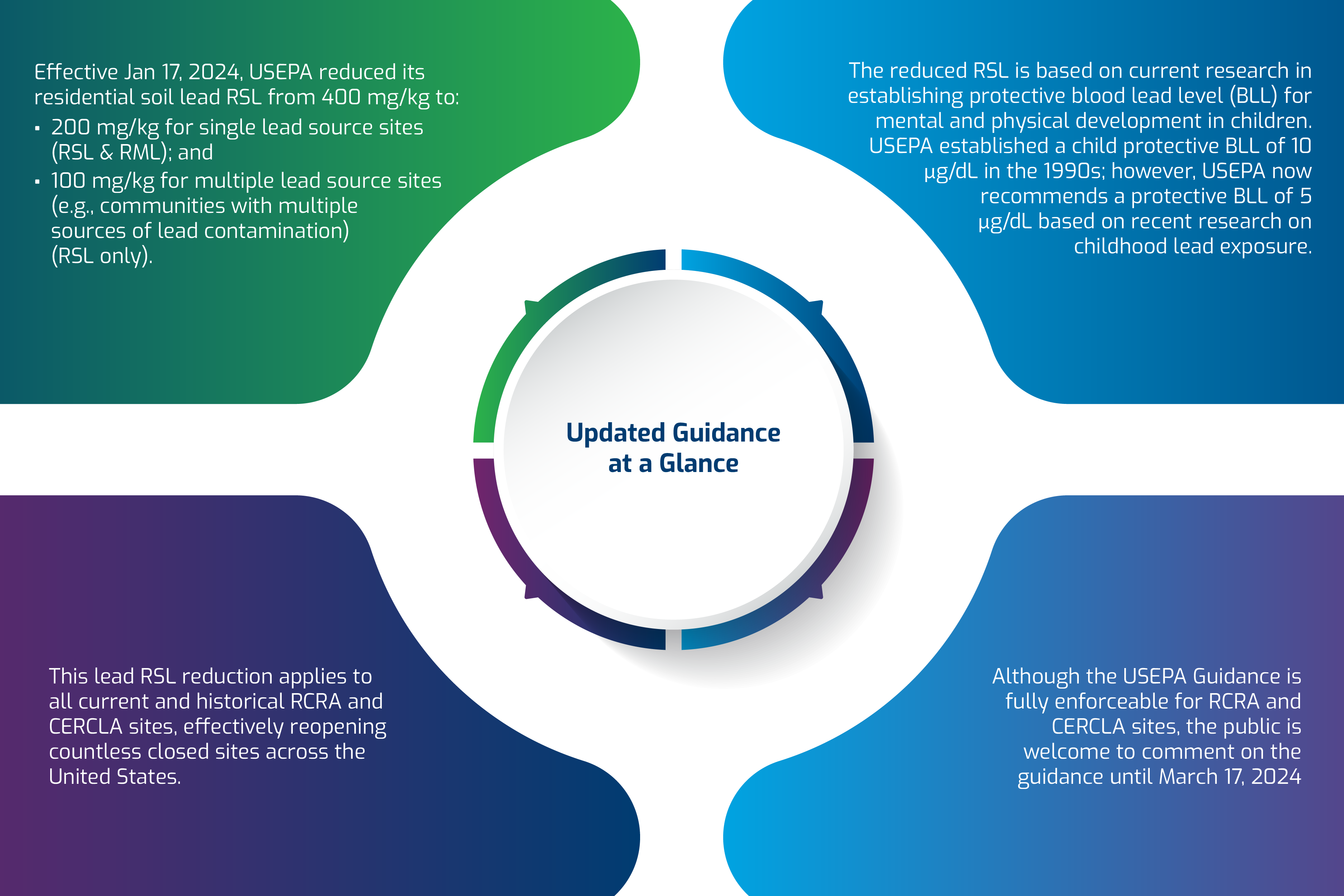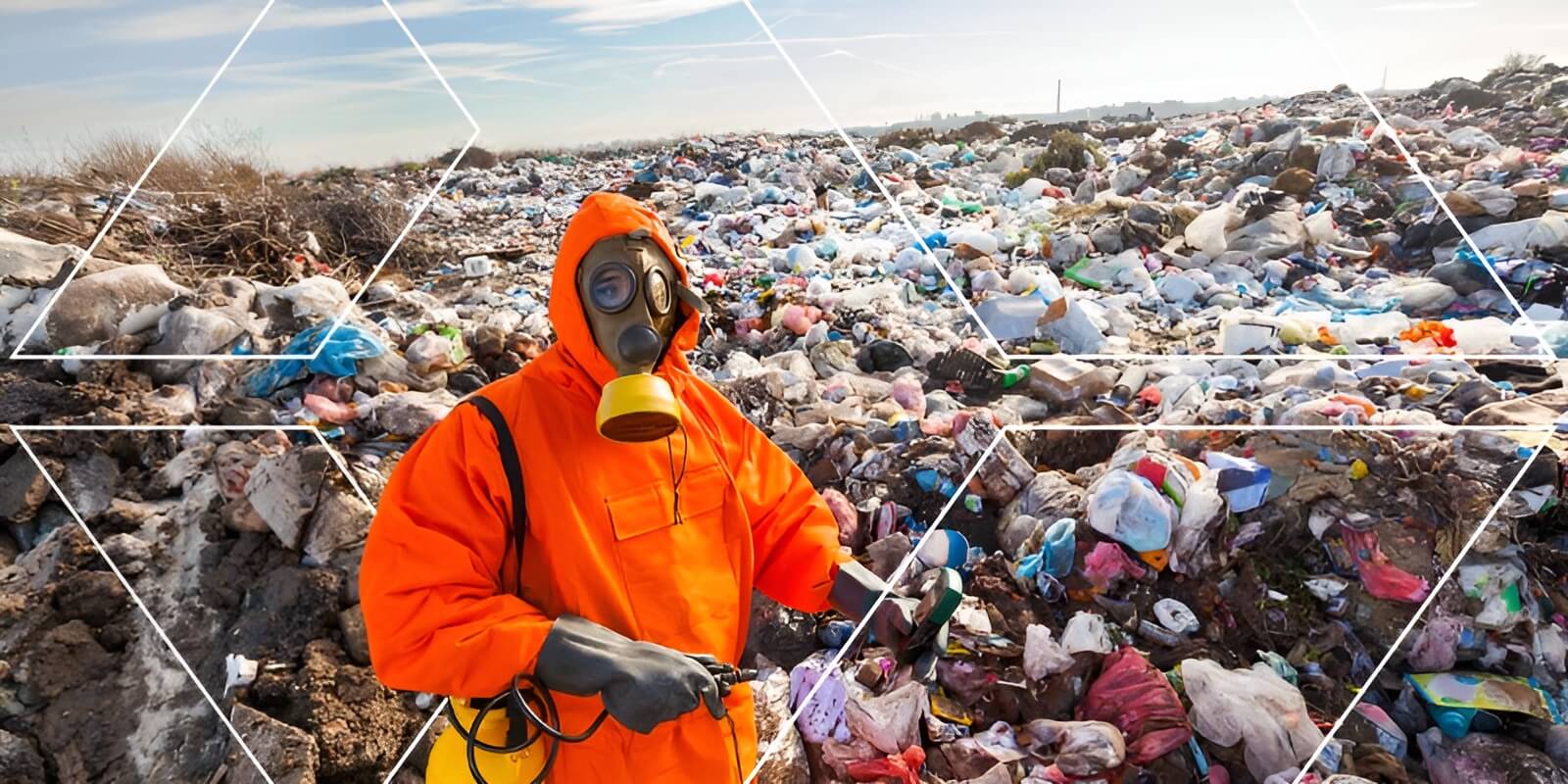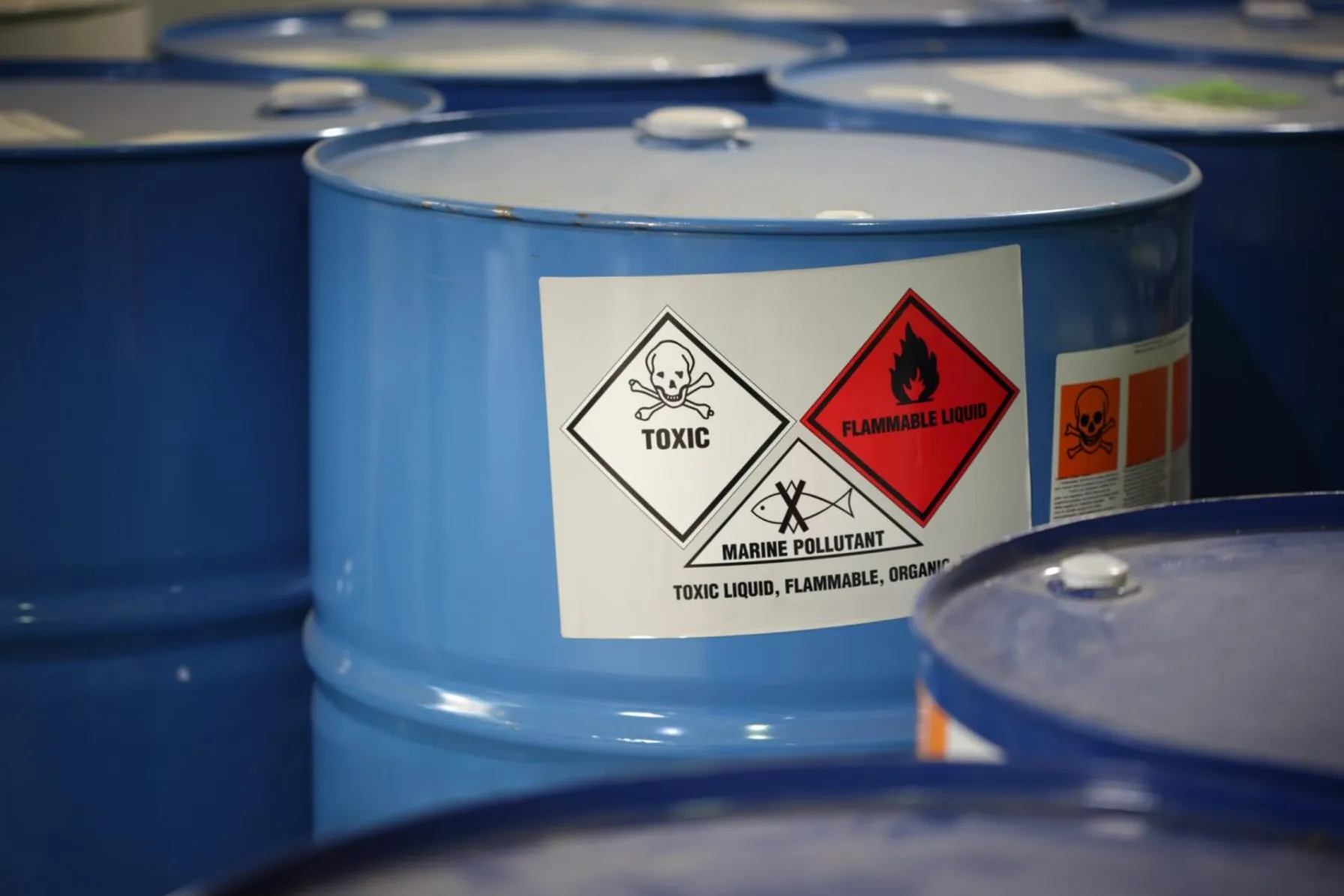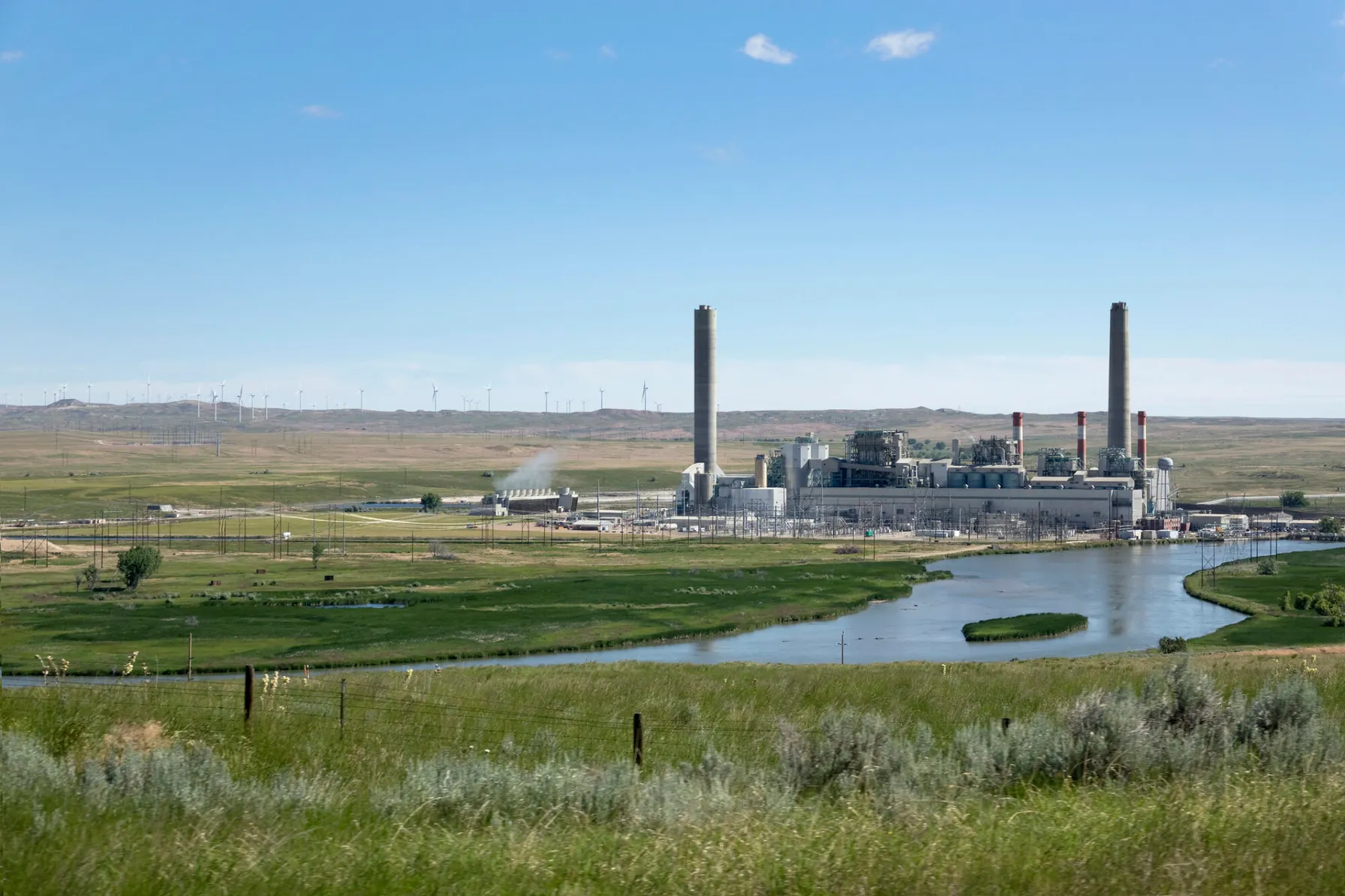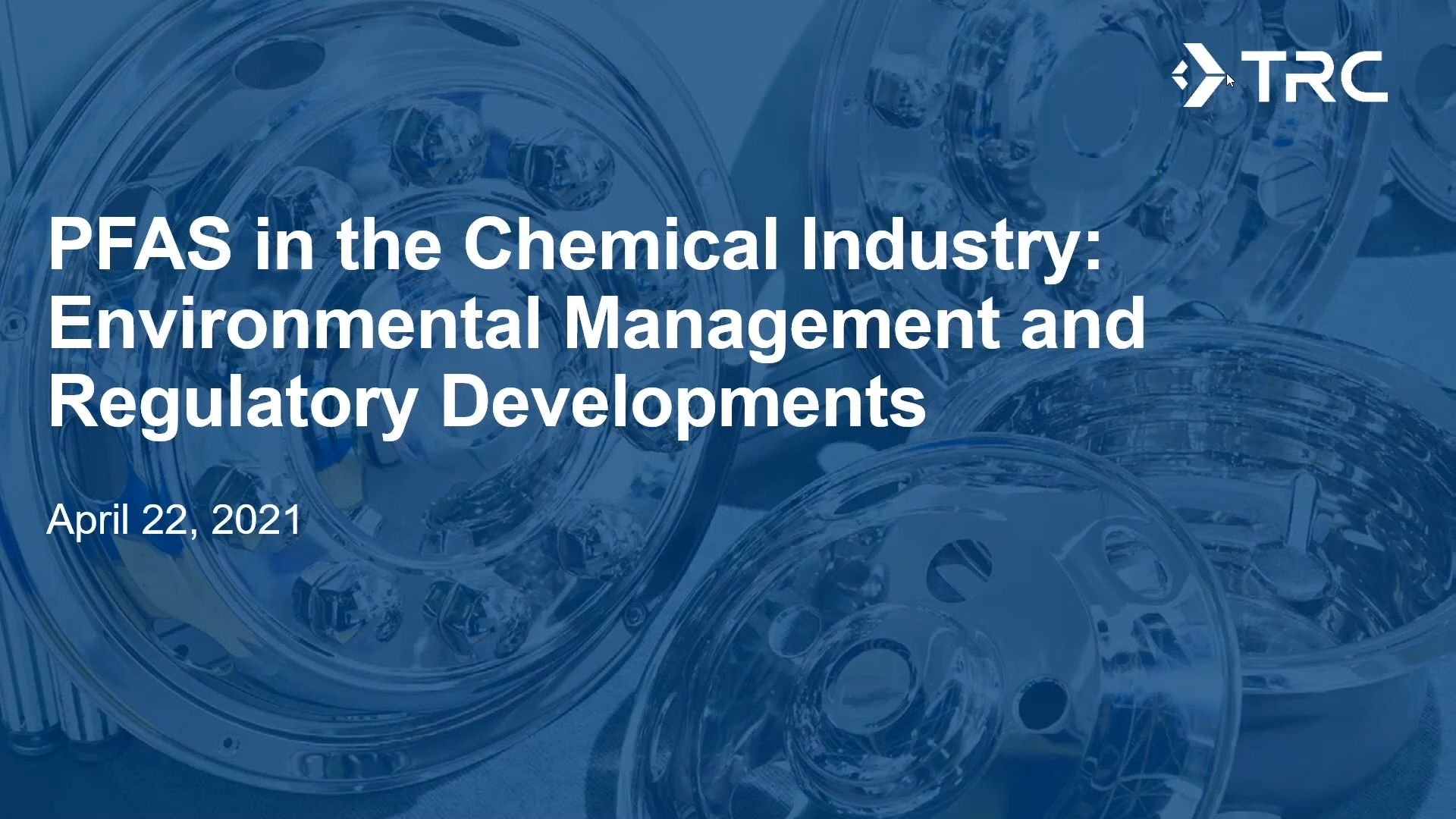Authors: Laura Trozzolo, Jenny Phillips, & Karen Vetrano | February 12, 2024
On January 17, 2024, the U.S. Environmental Protection Agency (USEPA) Office of Land and Emergency Management (OLEM) released the Updated Residential Soil Lead Guidance for CERCLA Sites and RCRA Corrective Action Facilities, which reduced the residential soil lead Regional Screening Level (from 400 mg/kg to 200 mg/kg, and further reduced the RSL to 100 mg/kg when additional lead sources (e.g., lead water service lines, lead-based paint, etc.) are present.
Related Services
RSLs are used to identify Chemicals of Potential Concern (COPC) and to define areas that may require further evaluation based on RSL exceedances. RMLs are used to prioritize and define those areas with the greatest risk to human health. The updated USEPA residential soil lead RSL and RML apply to both the Comprehensive Environmental Response, Compensation and Liability Act (CERCLA) and Resource Conservation and Recovery Act (RCRA) sites, including those previously addressed and/or deleted from the National Priorities List (NPL). Therefore, closed residential sites may require new CERCLA and RCRA Corrective Action investigations. The 2024 USEPA guidance suggests that these evaluations could be performed during the five-year review process for existing CERCLA sites. Under RCRA, post-remedy review authority allows the Agency to reopen permits based on new information. The 2024 USEPA guidance is open for public comment until March 17, 2024.
It is important to note USEPA recognizes that Residential Soil RSLs and RMLs are neither remediation goals nor cleanup levels, rather used for screening. Screening levels are used in initial site investigations to determine whether chemical concentrations detected in soil warrant further investigation. The development of site-specific cleanup levels considers conditions unique to a site, including current and future site use and associated exposure assumptions, stakeholder/community involvement, and evaluation of background soil concentrations.

TRC Can Help
In addition to reviewing USEPA’s 2024 Lead Guidance and the Federal Action Plan to Reduce Childhood Lead Exposure, consider reaching out to TRC’s experts to understand how USEPA’s 2024 lead guidance could impact your existing/historical sites.
Resources
 OSWER Directive: Revised Interim Soil Lead Guidance for CERCLA Sites and RCRA Corrective Action Facilities.
OSWER Directive: Revised Interim Soil Lead Guidance for CERCLA Sites and RCRA Corrective Action Facilities.
Published
 Updated Residential Soil Lead Guidance for CERCLA Sites and RCRA Corrective Action Facilities.
Updated Residential Soil Lead Guidance for CERCLA Sites and RCRA Corrective Action Facilities.
Published
Sharing Our Perspectives
Our practitioners share their insights and perspectives on the trends and challenges shaping the market.

Evaluating Recent Clusters of Silicosis in Engineered Stone Workers
July 7, 2025
Engineered stone has become the most popular countertop material in the U.S. While its high silica content has raised health exposure concerns, these operations can be performed safely. Recent clusters of silicosis highlight the health implications if proper protocols and controls are not implemented.
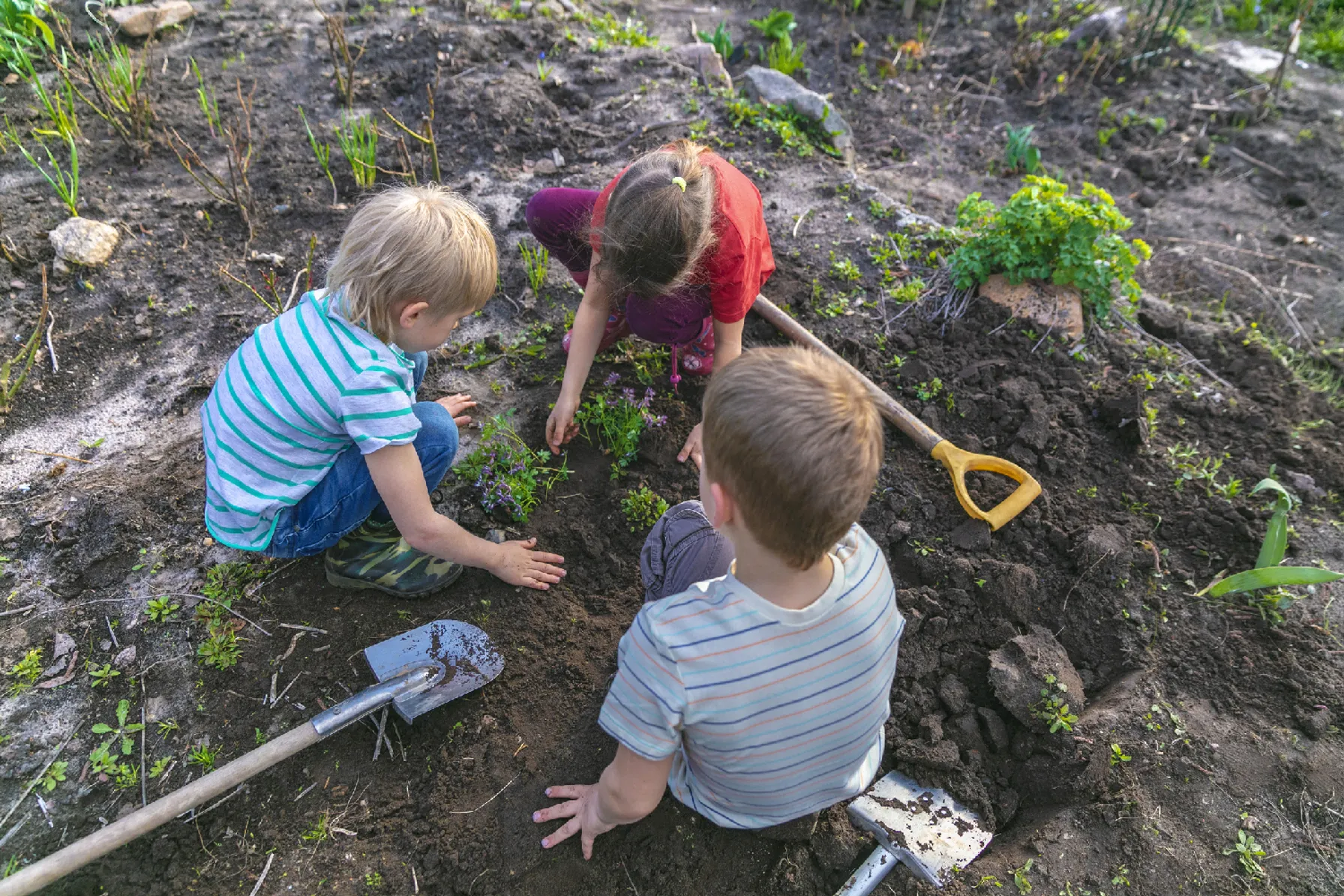
EPA Reduces Residential Soil Screening Level for Lead
February 12, 2024
The U.S. Environmental Protection Agency Office of Land and Emergency Management released the Updated Residential Soil Lead Guidance for CERCLA Sites and RCRA Corrective Action Facilities
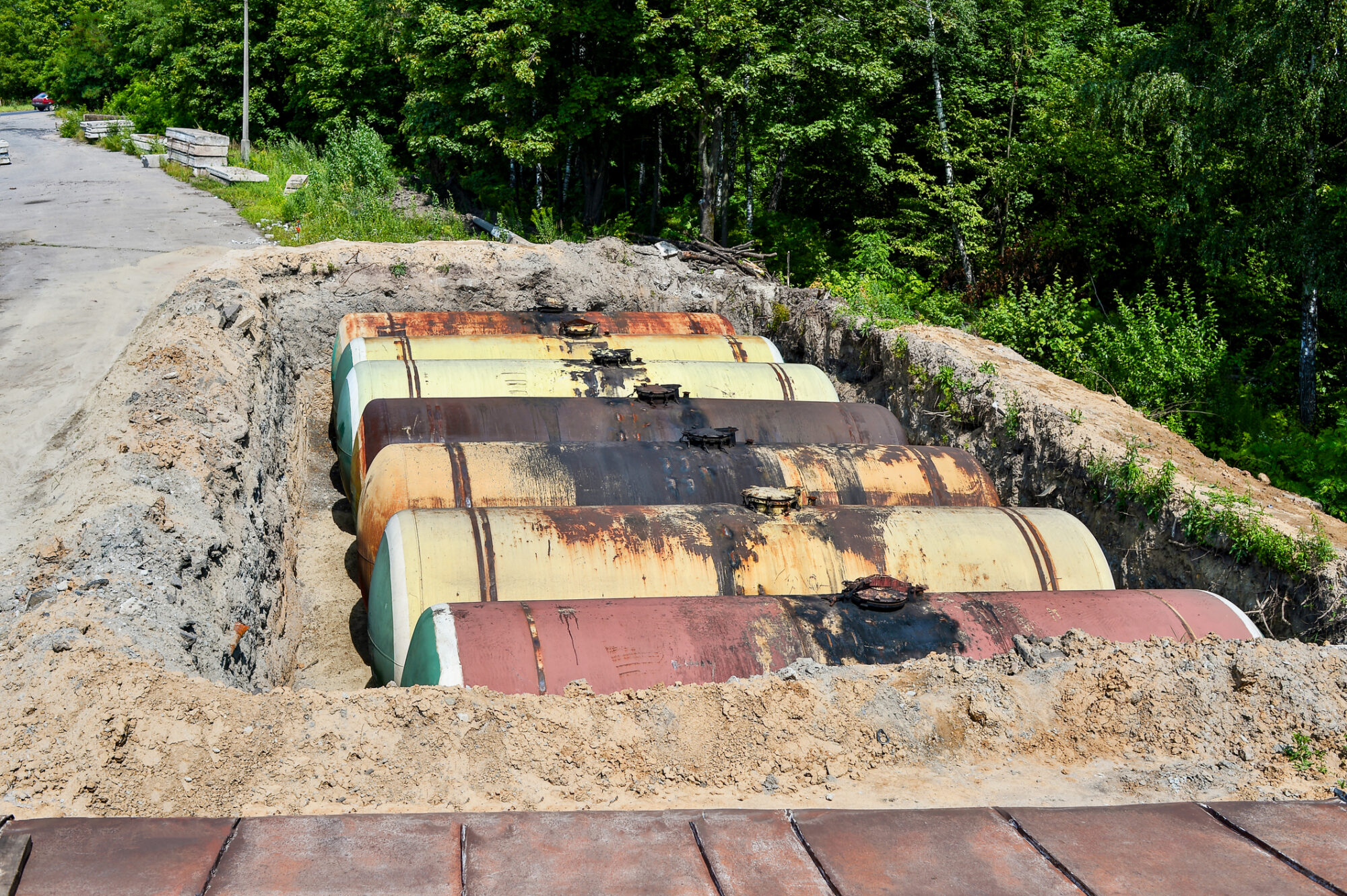
EPA Issues Clarification of Free Product Removal Requirements
June 20, 2023
EPA recently clarified requirements for LNAPL recovery and remediation.

EPA Finds Trichloroethylene Presents Unreasonable Risk in Final Risk Evaluation
April 6, 2023
On Jan 9, 2023, the United States Environmental Protection Agency (EPA) revised the Toxic Substance Control Act (TSCA) to reflect a new risk determination for trichloroethylene (TCE).

Proposed MCLGs and MCLs for PFAS
March 15, 2023
Final Regulatory Determination for Contaminants on the Fourth Drinking Water Contaminant Candidate List

Washington State Establishes PFAS Cleanup Levels
September 21, 2022
The Washington State Department of Ecology (Ecology) recently published a list of 6 PFAS compounds that now have soil and groundwater cleanup levels

New National Emerging Contaminants Research Initiative
September 12, 2022
The Executive Office of the President of the United States announced a National Emerging Contaminant Research Initiative

EPA Issues Proposed Rule Designating PFOA and PFOS as Hazardous Substances
September 7, 2022
The EPA has issued a pre-publication version of a proposed rule to designate two PFAS compounds as hazardous substances under CERCLA.

EPA Announces Updated Drinking Water Health Advisories for Four PFAS Chemicals: PFOS, PFOA, PFBS, & GenX
June 24, 2022
On June 15, 2022, the EPA released updated Health Advisory Levels for four per- and polyfluoroalkyl substances (PFAS) in drinking water

Ecological Risk of PFAS from AFFF-Impacted Sites
June 30, 2020
The facts on evaluating exposure to wildlife

TRC’s Reporting Tool Can Help Identify New PFAS under the TRI
May 19, 2020
While utilities often work in technical silos, NERC auditors are trained to cross check compliance evidence and data between interrelated standards.

Laura Trozzolo
Laura Trozzolo leads TRC’s Risk-Based Modeling / Risk Assessment Practice for TRC. In this role, Laura provides technical and regulatory oversight for a multitude of TRC projects and leads the company’s Risk Assessment Center of Research and Expertise (CORE) team, while supporting professional development of TRC’s risk assessment staff. She has 29 years of experience in human health risk assessment and risk management services (project management, data management, and regulatory compliance) for a multitude of sites, including US military installments, active/former refineries, and rail yards. She also serves as a technical specialist on fate and transport issues for TRC, including vapor intrusion, soil migration to groundwater, and groundwater lateral transport pathways. Contact Laura at LTrozzolo@trccompanies.com.

Jenny Phillips
Jenny Phillips, Director of Technical Development, VP – Jenny Phillips leads the Technical Development Unit of TRC, focusing on Emerging Contaminants. She is an expert in human health and ecological risk assessment with a focus in risk communication and stakeholder discussions. Ms. Phillips also leads TRC’s Center for Research and Expertise which includes 30+ technical teams. Contact Ms. Phillips at JPhillips@trccompanies.com.

Karen Vetrano
Karen is a Principal Toxicologist and a Manager in the Risk Assessment and Toxicology Group and the Odor Evaluation and Control Group at TRC. She has 34 years of experience in environmental consulting with oil and gas, industrial, military, and governmental clients. She specializes in toxicological assessments, human health risk assessments under State and Federal Guidelines, and regulatory reviews, as well as odor measurement and evaluation. She has served as a subject matter expert for several civil litigation cases involving odors. She holds a Bachelor of Science degree in toxicology from Northeastern University and a Doctoral degree in pharmaceutical science, specializing in toxicology from the University of Connecticut. Karen can be reached at kvetrano@trccompanies.com.


